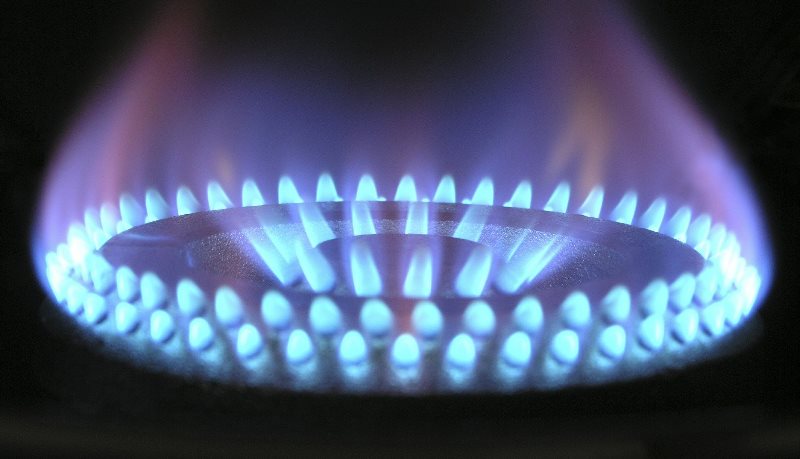
There's an interesting article over on Vice by seasoned pizza chef Alan Maniscalco explaining why he uses gas ovens over wood-fired ones at Rally Pizza in Vancouver, Washington. When he got his start in the Bay Area during the early 90s baking artisanal bread, "everyone had a wood oven". He says it became seen as the more romantic way of breaking bread.
That 'Authentic' Wood-Fired Pizza Taste
This romanticised view carried over into pizza making, and arguably remains to this day. Proponents praise the smokey flavour a wood-fired oven imparts, but as Alan explains this is a common misconception:
A lot of people think that you get more flavor because of the smoke in the pizza, but you really don't. It's burning so hot that you don't get any of the volatile smoke in the crust... You do get a shorter fire time... therefore you get different flavors in the crust that is not as evenly black or brown.
It might seem like a minor niggle: after all, a wood-fired oven still does something that produces characteristic flavours in the crust of a pizza, right? Perhaps, but this can be replicated almost flawlessly in a much more economical gas oven. In a gas oven the crust is more equally cooked, Alan notes, but "the way we rotate our pizzas in our gas ovens, a lot of people think that we use a wood oven."

The Future of Wood
Another reason Alan decided to switch to gas ovens was a concern over the sustainability of a traditional wood-fired oven. "How much land is being cleared because of our demand for wood?", he wondered.
Trees by definition are a sustainable resource, but not necessarily at the scale they're used for foodservice applications. Alan predicts that the hospitality industry might reach a critical mass with wood, and once that happens it's not easy to go back.
Consider this also: burning wood releases more CO2 than gas, oil and even coal for the same amount of heat, so wood-fired ovens are not only less efficient, but have a much more pronounced effect on local air quality. Both natural and liquid petroleum gas are significantly 'cleaner' options.
There's another elephant in the room: wood-fired pizza ovens are big. Not only do they take up a large amount of space, but they require an independent duct and fan system separate from any other cooking equipment. Few pizzerias and pizza shops can afford such a massive footprint.

The Case for Gas
The amount of wood required to cook in a wood-fired oven can quickly become prohibitively expensive, and there are many questions as to the sustainability of this fuel source as well as its impact on air quality and the environment as a whole.
There's no such thing as a 'compact' wood-fired oven either, so they're not well suited to anything but the largest venues that can accommodate the required exhaust systems.
Natural or liquid petroleum gas pizza ovens are a far more cost effective alternative if you're considering options for a commercial pizza oven. "After all," Alan says, "if you do everything right with gas and put it side by side to a wood-burning oven, you'll hardly be able to tell."
If you're looking for a gas deck oven like the ones Alan uses at Rally Pizza, check out our range of Zanolli gas deck ovens. Featuring four layers of ceramic stone to keep the heat in while maintaining efficiency, these ovens are perfect for replicating that unique wood-fired oven taste.
Lead Image: Rally Pizza

